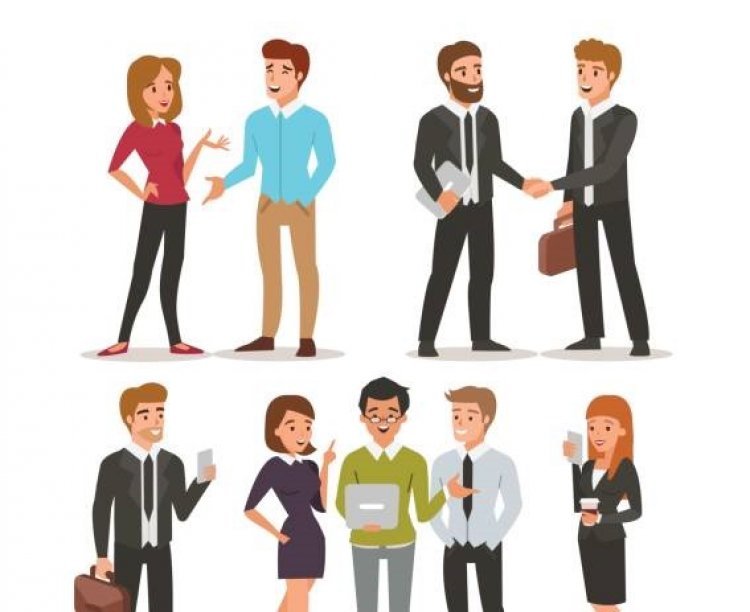Meaning of body languages
Sometimes people are not saying anything but their bodies telling us how they feel or what they wanted to say. In such situations, this article will aid you to know what these body languages actually mean?

MEANING OF BODY LANGUAGES
Handshakes

Handshaking is the universal form of greeting where it can vary from country to country. In America, people handshake with a firm grip, eye contact, and a smile. Japanese give a light handshake whereas Germans convey a firm handshake with one pump and the French clasp is meek with a quick pump. In the Middle East countries, they will continue shaking your hand throughout the greeting. This variation is not based on the personality or stance but on the cultural differences.
Eye contact

Eye contact can be based on cultural differences also your personality and current emotional state. In many Asian countries, minimal eye contact is acceptable whereas, in America, the UK, and most of the Northern European countries, moderate eye contact is preferable. But in Hispanic cultures and Middle East countries, direct eye contact is more likened. Your loving gaze or caressing glance can make a friendly alliance with others and sometimes your long staring can make people feel that you are aggressive, violent, or having a threatening nature. Refusing glimpses or looking away means that you are lying or not liking the person or having an arrogant nature. Having a calm and polite look while a person speaking can elevate the impression about you that you’re giving him an honest listening and straightforward response.
Head shakes
In many places, the up and down movement of the head means agreement and the side to side movement means disagreement. But do you know what does that means in places like Bulgaria, some parts of Greece, Yugoslavia, Turkey, Iran, and Bengal? In all these areas, side to side head shaking shows yes or affirmation.
Different gestures of greeting
In India, people greet each other by folding hands and saying `Namaste’. In some Asian countries, they greet by touching the forehead with hand to say `Salaam’, and in many Asian places, they bow the head to greet. Mexicans hug each other whereas Hawaiians hug and exchange breaths when they meet. In many regions in the world, exchanging kisses and hugs with a pat on the back are also the kinds of greeting while the Maoris of New Zealand rub their noses to say ` hello’.
Difference of gesture in America and China
If an American visits China, it would be troubling for him to appreciate their body language. Because even if they are doing the same action the meaning would be different. Americans stamp their foot to show impatience whereas Chinese stamp when they are angry. Staring eye contact is rude for Americans but in China, it’s a sign of curiosity and surprise. Patting on one's head is usually seen as consoling or encouraging him. But in China, it means that you are insulting him.
Being aware of body language in different regions can help you to avoid awkward meetings and bad impressions. So this article can help you to get to know about it.

















